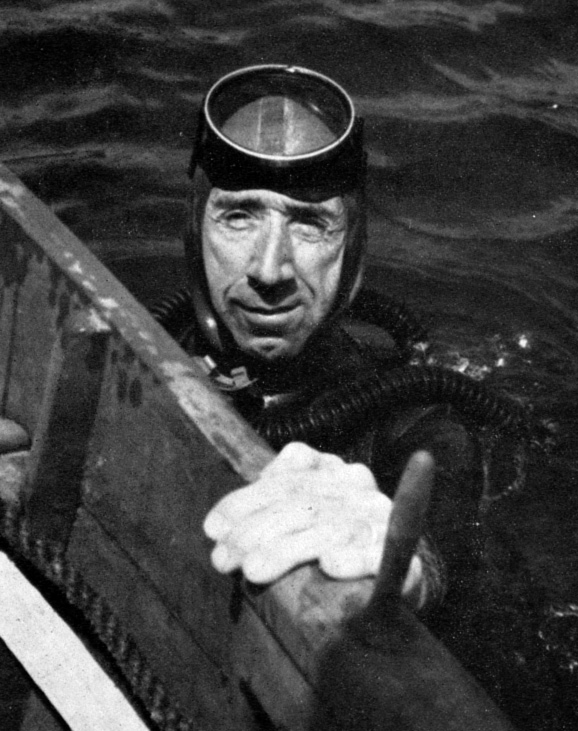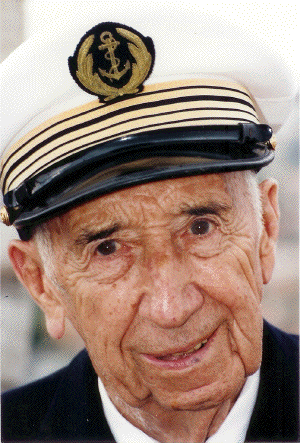4th Feb 2016
Learning More about Underwater Pioneer Philippe Tailliez
When people hear the term “underwater pioneer”, they almost always think of explorer and conservationist Jacques Cousteau. But, although Cousteau did make a lot of contribution to underwater exploration, it's important to note that his achievements wouldn't have been impossible without the guidance of Philippe Tailliez.
Tailliez was born in 1905 in Malo-les-Bains (now a part of Dunkirk), France. His father, who was stationed in Tahiti, told young Philippe about the pearl divers he observed at his location, which was probably one of the things that sparked Tailliez's interest in underwater exploration. He grew up to become a Naval officer and, during one of his assignments, he met the young Cousteau and discovered that they shared a passion for diving.

Tailliez lent Cousteau a pair of Fernez underwater goggles and introduced him to spearfishing; a couple of years later, he introduced Cousteau and Frederic Dumas (another diver) to each other. The three of them partnered in several projects from then on and ultimately became known as the Three Musketeers of the Sea. One of their projects involved the testing the prototype of the aqualung that Cousteau had worked on and improved. Tailliez and Dumas also assisted Cousteau in filming his underwater documentary called Par dix-huit mètres de fond, which they made without any kind of breathing apparatus.

The three of them were later assigned to set up the Groupement de Recherches Sous-marines, with Tailliez directing the group. Later, in 1950, Tailliez left the group and went on to have more exploits such as diving in treasure ships in the Indo-China region. He later wrote about his adventures in a book called Plongees sans Cable, which was published in English with the title To Hidden Depths.
Tailliez may not be as well-known as his colleague Cousteau, but the fact remains that he paved the way for scuba diving as we know it today.
